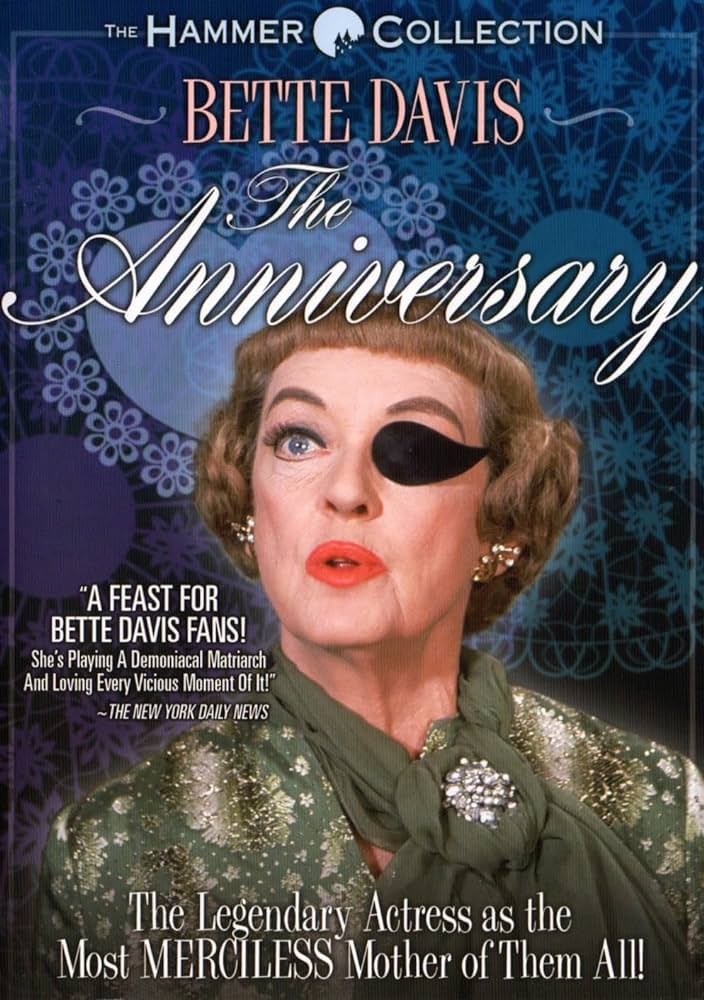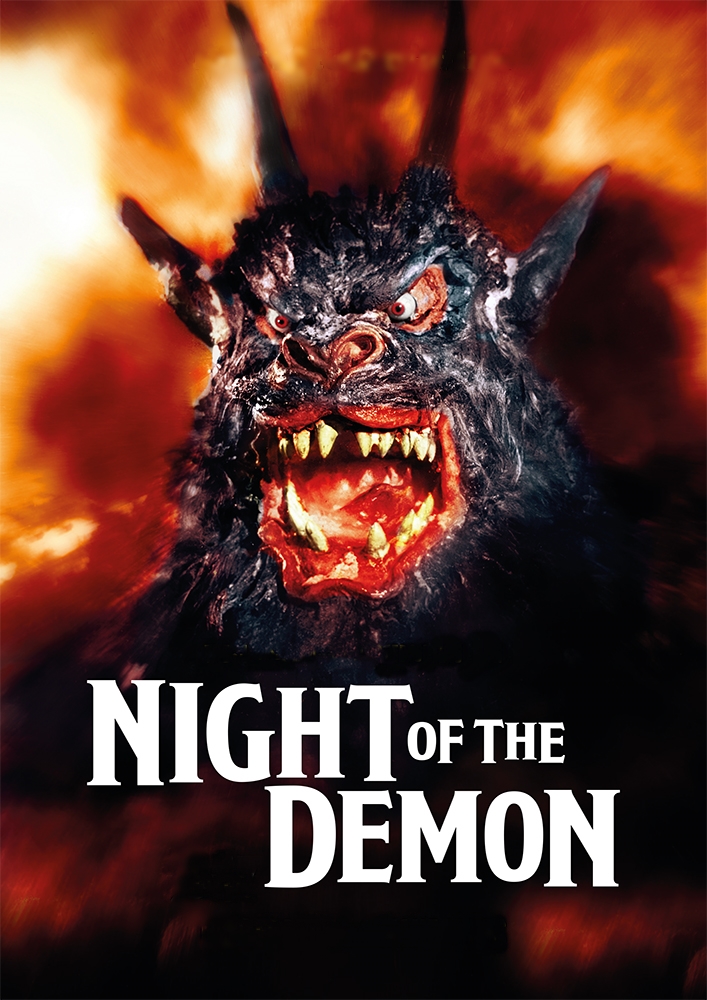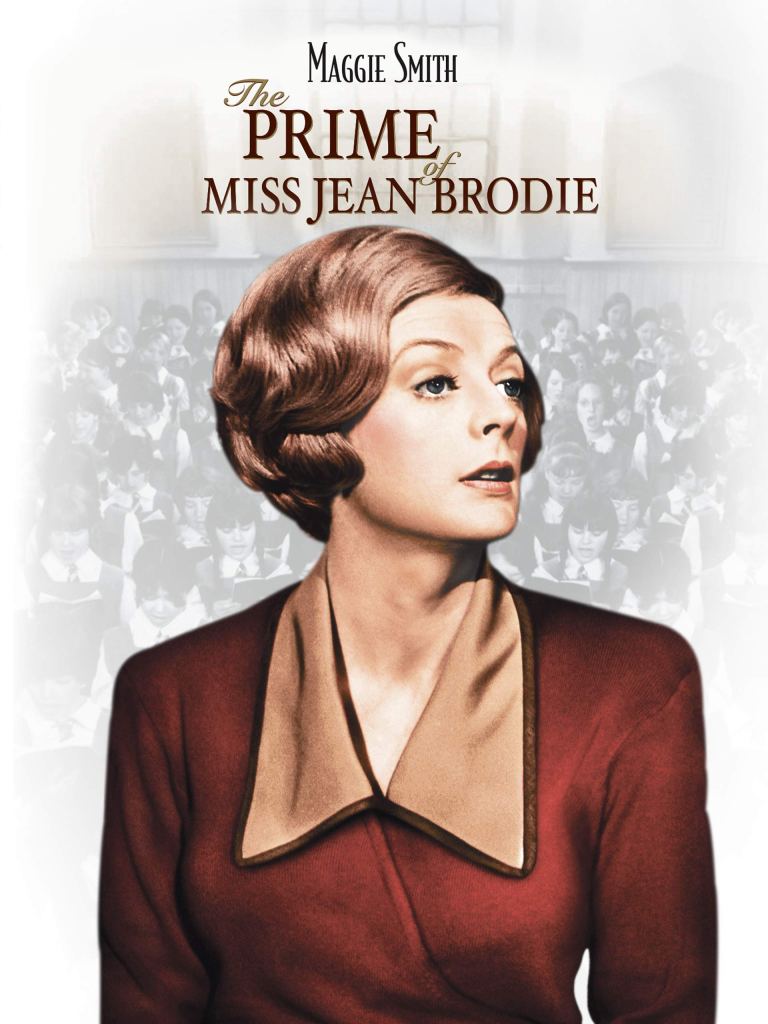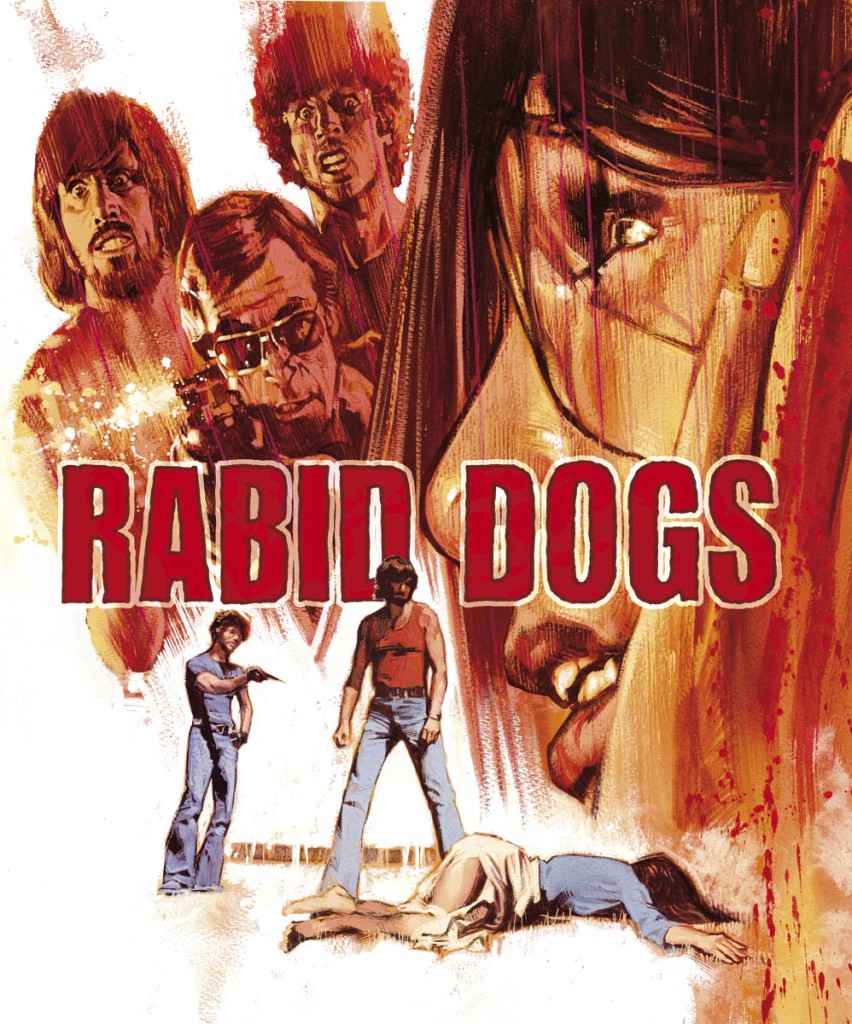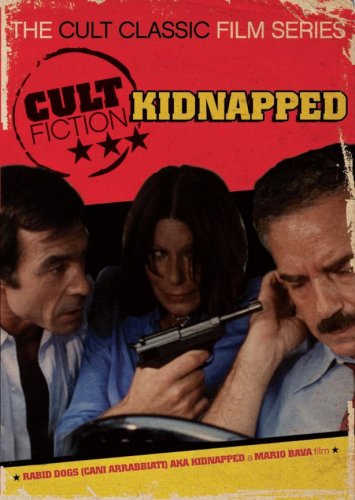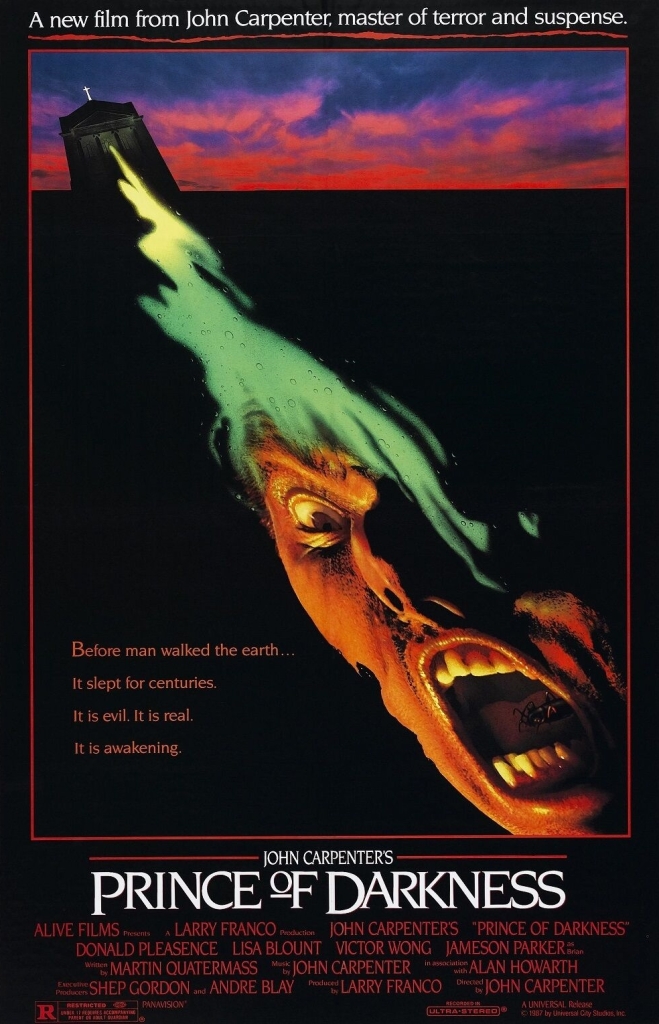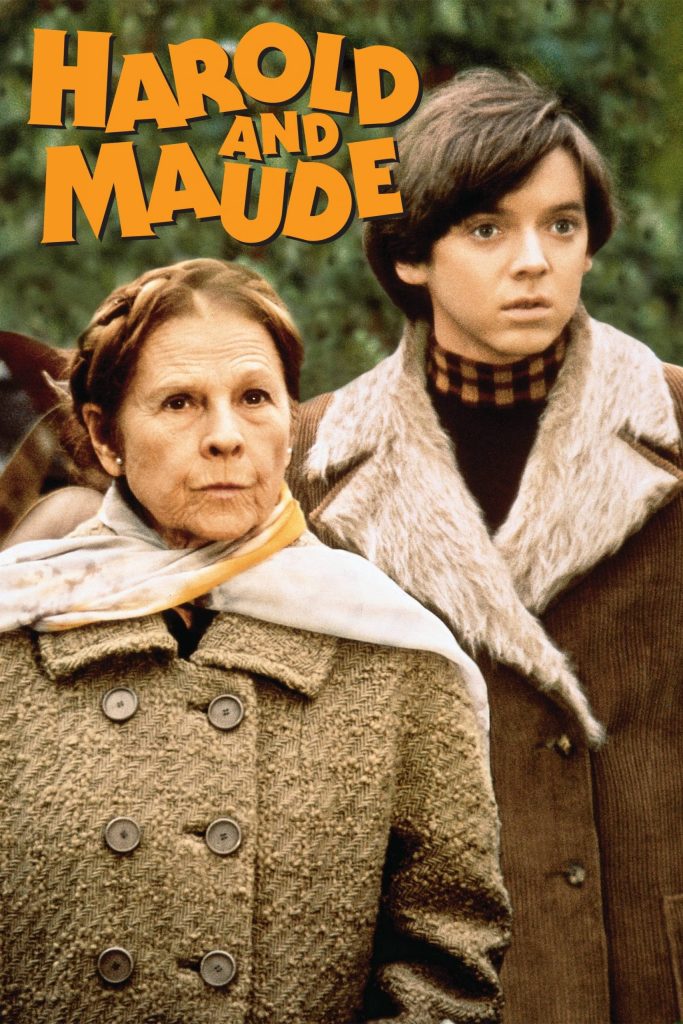I’ve reviewed plenty of films from “The King of Cult” Roger Corman (98 years old and with 2 ‘upcoming’ projects listed in IMDB) and with few exceptions the depth of his story plots are as profound as a phone scammer’s scruples. His career was built on delivering spine tingling thrills and chills with an emphasis on theatrics with nary a thought for such things as irrefutable logic, intricate story-lines and (God forbid) character development. His modus operandi has always been formulaic and by-the-numbers, made under strict budgetary constraints that ensured a modest profit no matter what even if quality suffered which was always evident. That said, his films are always entertaining and the cheesier aspects become part of the fun.
Now I’m not going to make the claim that It Conquered the World deviates from what I wrote above but as crazy as the plot sounds, this cult favorite manages to elevate itself above some of the other Corman fare. For one thing it cherry picks a few elements from higher budget feature films (‘adopting’ if not out-right stealing, another Corman staple), in this case concepts from Invasion of the Body Snatchers and Invaders from Mars to name a few. A second big ‘plus’ for this film is the cast. While Corman is often lauded as having given many future stars and directors their start, this film boasts having three leads, Peter Graves, Lee Van Cleef and Beverly Garland who went on to have long and active acting careers.
Getting back to the cheesiness, the story is about a rogue, outcast scientist Tom Anderson (Van Cleef) who has been ostracized from the community after making wild claims over the years. As it so happens he then manages to make contact with a Venusian spaceship orbiting Earth. Concealing the fact from others including his best friend Paul (Graves), an army scientist who recently lost contact with one of his rockets, Anderson believes that the Venusians are benevolent and want to better humanity. But Paul and the rest of the world aren’t fooled for a second and see the Venusians for what they are, taking over peoples minds in preparation for an imminent invasion.
The ingredient that makes this film worthy is the design of the Venusian, nicknamed “Beulah” in geekdom. The creation of this outlandish looking monster, a giant conical creature that slithers across terrain as it brandishes menacing claws, was the brainchild of legendary monster maker Paul Blaisdell. Aside from Beulah, Blaisdell was the man who created the veiny, cranial aliens in Invasion of the Saucer Men, the monster in It! The Terror from Beyond Space as well as the titular She-Creature, all cult classics now that Blaisdell cobbled together in his shed workshop in the span of just a few years.
Sadly, Blaisdell’s success also came at a personal cost and his meteoric rise in the industry soon came crashing down in a self imposed exile, completely distancing himself from the trade, fading into near obscurity and then dying at a young age. But the impact he made would not be forgotten by the legion of cult fans and as elusive as he was, his story lives on with devoted fan tributes and research. I highly recommend two sources to learn more about Blaisdell, the first being his former friend (and noted Science Fiction film archivist) Bob Burns’ book It Came From Bob’s Basement and an extensive article written by master Science Fiction artist Vince Di Fate, The Strange Creature of Topanga Canyon: Paul Blaisdell, His Life and Times.




